The amount of data technology giant Samsara generates from fleet vehicles through telematics is enormous: each week, it records information from more than 70 billion miles driven on its platform, creating around 10 trillion data points each year.
“What’s exciting about this is the ability to solve real-world problems,” says CEO and founder Sanjit Biswas.
“Using technologies like artificial intelligence to analyse it, we can use it to understand what good driving looks like, what risky driving looks like, and before accidents happen we can coach drivers to break their bad habits, whether it’s looking at a mobile device or close following.”
However, while these data figures are almost mind-blowing, the company’s strategy is driven by a single ambition: remaining focused on the customer, says Kiren Sekar, chief product officer.
“As we grow in scale, as we’re working on more products, as our team gets larger etc., there’s aways the risk that a company becomes internally focused and starts thinking about itself,” he says.
“We’ve seen other companies do that, so we work really hard on saying ‘let’s make sure we maintain that focus and that centre of gravity towards our customers’.
“I think that’s the biggest challenge and risk that all companies face as they get larger, but I’m confident that if we stay focused on the customer, then all the other areas will take care of themselves.”
Seka says this approach was key to the development of the new products announced at the company’s Go Beyond conference in London earlier this month, which was attended by fleet operators and technology partners from around Europe.
These include Low Bridge Alert Striking, Connected Training and Electronic Brake Performance Monitoring Systems (EBPMS).
Seka says some of these were developed specifically for the UK and European markets either in conjunction or following requests from companies.
Low Bridge Alert Striking
For example, low bridge strikes are an issue with great significance in the UK, with around 2,000 happening each year.
These cause millions of pounds of damage each year, as well as causing negative social and environmental impacts such as injuries, congestion and air pollution.
“One of the things that I love about visiting the UK is its culture and history, and that history also comes with a lot of older infrastructure, including low bridges,” says Sekar.
“We know how costly and dangerous it can be when the vehicle strikes on these bridges, so we’re excited to provide a new way to help prevent that from happening.”
With Low Bridge Strike Alerting, fleet operators can set the maximum height for each vehicle in their fleet, with drivers warned through in-cab alerts whenever they approach a bridge that is too low to pass.
Another product developed for the UK is Samsara’s EBPMS. Under new DVSA rules that come into force in April 2025, laden roller brake tests or EBPMS on HGV trailers will, with some exceptions be one of the only accepted methods for brake testing.
The Samsara system continually monitors the performance of the trailer brakes and sends real-time data to a central dashboard.
If the braking performance falls below acceptable levels -or if the electronic braking system detects a fault – the EBPMS automatically alerts fleet operators enabling them to take remedial action without having to wait for it to be picked up at an inspection.
“EBPMS was something we discovered in conjunction with our customers here in the UK and there are new regulations that are coming out that make this very advantageous,” says Sekar.
“We saw the regulations and then we talked to customers. They said if we could use data to help avoid having to do the manual brake testing, that means they’re not taking their trailers off the road as well as taking their team’s time to go through the testing process, so they’re able to save costs as well.”
At the event, Samsara also announced a new privacy mode which allows AI dash cams to provide safety event warnings continuously to help prevent accidents – all without recording video.
It allows customisation within Samsara’s dash cams, enabling users to turn off recording on both driver- and outward-facing cameras, to respect driver privacy if required.
Drowsiness detection
These updates follow hot on the heels of last month’s announcement that its new drowsiness detection feature is now generally available for all Samsara customers.
Using Samsara’s AI models, trained on more than 38 billion minutes of video footage, the system proactively alerts drivers through in-cab notifications and informs fleet managers via text or email in real-time.
It analyses multiple behaviours, such as head nodding and prolonged eye closure, which aligns with clinically validated standards for drowsiness detection.
“It’s clear that safety is an ever-growing problem and there’s always more to do. One of the areas we’ve been focusing on is drowsiness and fatigue,” says Sekar.
“It turns out that drowsy driving happens much less frequently than distraction or mobile phone usage, and so you need a tonne of data to be able to train an AI model to detect it effectively.
“Now we have that scale of data, and our team built a drowsy driving protection system which doesn’t just look at a single behaviour, like nodding. It looks at the totality of the driver’s behaviours. Are they having a blank stare? Are they rubbing their eyes or nodding their head.
“All these features are able to give us more ways to help keep drivers safe in real-time out on the road.”
Samsara is also using its data to provide training through its virtual coach.
“We know there’s always a place for face-to-face coaching, but sometimes you want to give coaching and feedback and recognition with a lighter touch, maybe at the end of a trip or start of the next shift, instead of waiting until the driver’s next coaching session in the office," says Sekar.
“Virtual coach allows you to share video events with your coaching contacts, including both constructive education and positive feedback, out to the drivers through their mobile apps.
“They can see their video, and they can acknowledge it right there in the app.
“One of the things we find when we look at our data is often 20% of driers are responsible for 80% of the accidents.
“And so with limited coaching time, people spend much of that time to that 20% of drivers who really need the extra help.
“For the other 80%, these can be really safe drivers, but sometimes they can start to develop bad habits and virtual coaching is a great way to engage with those drivers and make them continually safer.”
Growing customer base
Samsara has steadily grown its customer base in the UK, with customers including Lanes Group, Turnpower, Quest, Fox Brothers Holdings and Otto.
But what does success look like for Samsara? “I’d say we’ve been really happy with the momentum and the progress we’ve made,” says Sekar.
“I think our North Star is really scaling our customer impact and if we’re able to deliver more positive outcomes for our customers in terms of fewer accidents, reduced cost and reduced emissions.
“If we’re able to keep growing that year after year, then we’re succeeding for our customers and that means our business will be succeeding as well.
“And so that’s what we’re focused on. Some of that is expanding our customer relationships through working to onboard new fleets, but we already have a lot of fleets who already use our technology as part of their operations and seeing great success, and we want to work with them to scale out across the rest of their organisations.
“The third part is that we are a technology company and we’re always innovating and building new products.
“So are these products helping our customers see more value than they could before, whether that’s through asset tags or workflows or new AI capability.”

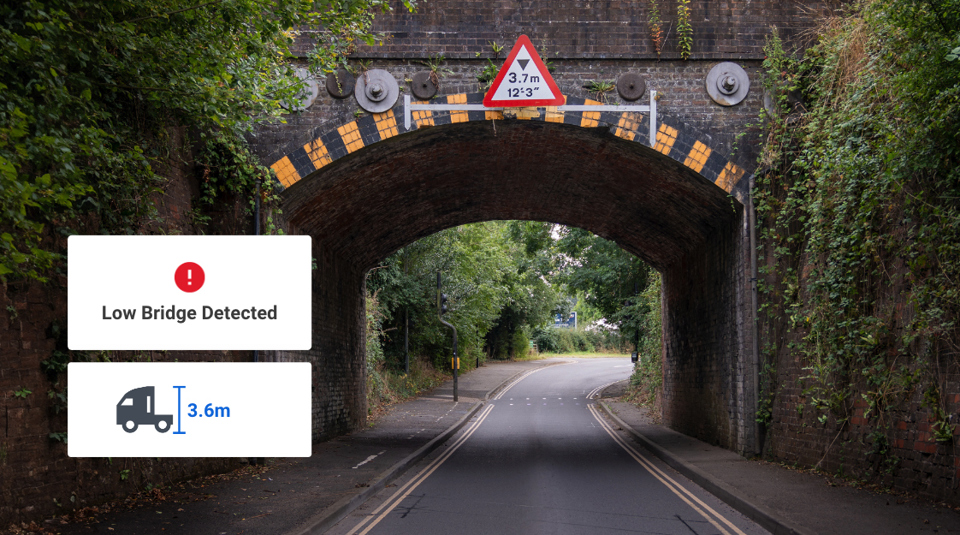




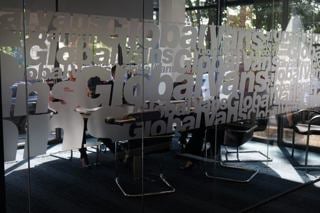
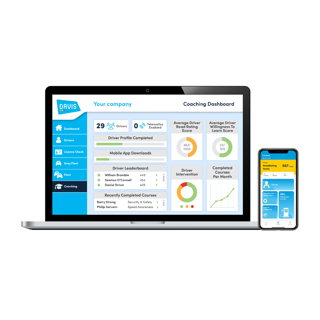
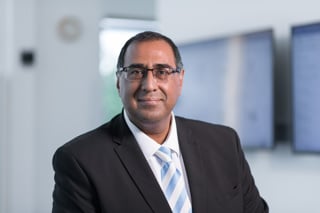
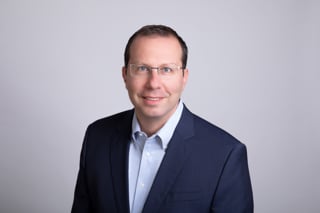
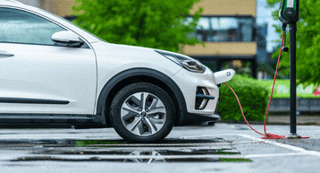



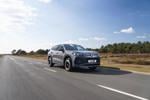



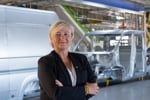


Login to comment
Comments
No comments have been made yet.